Following a brilliant reception on the festival circuits, the five star rape-culture revenge docu-drama Felt (reviewed here) is released online from friday. Focusing on real life artist Amy Everson, it is an innovative and powerful horror that represents a new direction for the genre’s sexual politics. Recently Horrorcultfilms spoke to the director, Jason Banker, and the star, Amy Everson, to discuss the themes, the art and the movie’s unique filming process.
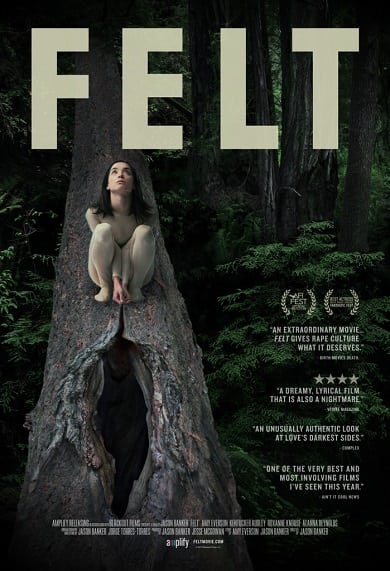
HCF: Hello folks, thanks so much for joining us
JB: Our pleasure
HCF: Firstly, how did this collaboration come about?
JB: Completely by accident. I met Amy at a club in San Francisco and was drawn into her world immediately, by her running around acting kind of insane. And then I saw her room, which is filled with her art and featured in the film. You walk in and you’re kind of taken aback by how developed it is. I mean there’s costumes and a sky span on the wall – those are things I was immediately excited to put on film. It just went from there.
HCF: When you conceptualised the film was there a storyline in place or did it develop as you shot?
JB: It developed as we shot. I wanted to be sensitive to what we could tell. The way that I work, and working with a non actor, you really have to let them be who they are. That’s how you’re going to get the best performance and the best film. If you see films that have specific stories made with non-actors that aren’t those characters, trying to be an action hero or something, it’s terrible. You’ve got to let people be who they are. Amy’s an amazing person I think it was [laughs] my stroke of genius to allow her to be her and for people just to fall in love.
HCF: Does that mean the ending was an organic piece of storytelling and not necessarily an inevitability?
JB: Yeah. I mean I think we shot for six months without even knowing what the ending would be. I like that kind of chaos. There’s something about not knowing that keeps you invested and excited about something. Just being able to be free from a script or any expectation of what you’re making. I definitely wanted the film to be tragic. I didn’t want it to end well. That was very clear, but just exactly how we got there and what that ending was something we were going to discover together.
HCF: So when it came to shooting a scene, would you roll the camera just knowing the main beats?
JB: At first I [was] just making a documentary, so going out with Amy just doing things she would normally do. One of the first things we shot was the zombie pub crawl. I asked her and her friend what’s going on this weekend and they were like, oh well there’s the zombie pub crawl. They got dressed up and looked like zombies and we went to a random house party. That stuff is amazing and that’s not even in the film. So it’s kind of a process of just shooting a lot of material and then slowly figuring [it] out: now since we have this kind of scene, why don’t we do this sort of scene. So, as time goes on there is a level of doing specific things to expand on the story.
HCF: When you had a lot of raw material was there a point when you went alright, now let’s see what we’re going to say with it thematically?
AE: I think for me, from the beginning there was an intention to address some very specific experiences . Reflecting on my life I saw a thematic through line of the everyday aggression and sexual aggression. I think that informed the story telling. Especially because as we were shooting it unfolded in front of me, with my costumes and me drawing the connection between how my experiences formed my art, and the experiences that I was going through while we were filming. It all kind of interconnected. I think it enabled me to be true to my life experience and also to explore the darker themes of revenge and fantasy or this kind of deeper aggression within me that wanted to lash out.
HCF: Am I right in thinking the art in the film predated the project?
AE: Yeah, most of the art was already made, like my room or the genital costumes, but during the production I also I evolved the man suit including the final skin hue and the mask… I’m getting uncomfortable thinking about it!
HCF: Amy, as your first acting experience how was it playing a different version of yourself?
AE: I think it definitely helped that it started with a documentary approach where I just spent time with the camera rolling and feeling comfortable, and opening up in front of it before slowly introducing other elements and expanding on this character. It evolved organically in that way. It was always a very blurred line. I mean I am playing myself, but I’m also playing a fictitious version throughout. When I’m just crying I’m not thinking about a character, that’s just me in my room. When I’m interacting with people I’m interacting as I would interact. It was mainly when we brought in Kenny that it wasn’t very natural. We weren’t actually falling in love, but I was still playing myself. The awkward interactions were just how it felt, to be awkward to be in relation to him. But it’s a very blurred line with fiction and reality.
HCF: Jason, when it comes to shooting like this, docudrama vs documentary- how different is it for you?
JB: Well it’s always dealing with whoever is on the other end of the camera. It’s about personalities, because there’s not much that I would consider professional about what we’re doing. We’re just trying to make something magical and it’s a weird process. Each time that I try and do this there are different things you have to do to make that happen. It’s like navigating this weird hybrid world where Amy’s not acting so when she’s feeling crappy either we don’t shoot or we do shoot and I don’t know… I always know it’s going to be chaotic and it’s going to be difficult because these are real people and when you ask them sometimes to do something they can say ‘I’m not doing that, that’s a terrible idea.’ As a director you have to understand that your place in the project is not always to say what’s going to happen, it’s reacting to what’s really going on with the person. Amy could suggest something that takes the film in a totally different direction, and I liked that. The other thing that would happen might actually be better than what I wanted to do. And sometimes it’s worse, and sometimes it doesn’t get used, but I’m always up for the challenge of really living it and not just painting by numbers.
HCF: Towards the end it really starts to feel like an origin story for a feminist antihero. I was wondering if you see any further projects about the character?
JB: The way the narrative is structured, and kind of the direction, is a marriage of what Amy’s real life is and what I was excited to do. I’m into horror movies, I’m into sci-fi, I’m into comic books – or was when I was a kid. I love the fantasy element and I think seeing her costumes was an easy jump from just a person with issues to potentially an anti-hero kind of character. So I was always pushing the story towards that. Where the film ends there’s room for something else to happen but it would have to feel right.
HCF: Finally, is this a victory for the character?
AE: For me, I definitely don’t see it as an endorsement or a triumph of character. I think with the intention of being sort of a superhero vigilante it does become warped, where you see my character literally become the monster she is fighting. She embodies her aggressors and she becomes a man or rather, an embodiment of masculinity which has harmed her throughout her life. I definitely see the film as a tragedy and not as a triumph, and not a feminist revenge film. It’s kind of a warning. Tragedy begets tragedy and evil begets evil.
JB: I like it when the viewer has to make their own decision. With Toad Road, I ended it so that as a viewer you’re not sure of what you should think of the ending. I prefer endings like that. With Felt, I like that it’s very open. You don’t get to see five minutes later what her character does, you don’t know-
AE: We know what happened five minutes later- we had to rush to the airport! I was sticky, I was a mess, let me tell you, it was not great! From the character’s standpoint she could feel triumph in the moment. But you see how miserable she is throughout the story. How wearing these costumes is an escape but yet she’s not happy. She thought that she was happy, in finding a connection with someone who understood her and who was sensitive about her life. But then she was metaphorically re-birthed into the same world that has harmed her and exploited her. So she feels driven to the point where she needs to become the monster. But being a monster isn’t a happy ending either. Monsters are miserable and they perpetuate harm and maybe more monsters come and kill the monsters. But I don’t think anybody’s a hero in the film.
HCF: Thanks very much – great speaking to you.
JB: No problem.
AE: It was fun.
Felt is released on the 26th of June. You can watch the trailer here
Special thanks to Emma-Lee Davidson for transcribing and editing the interview

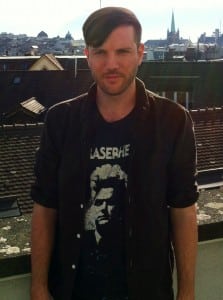
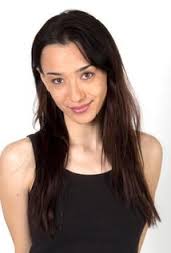
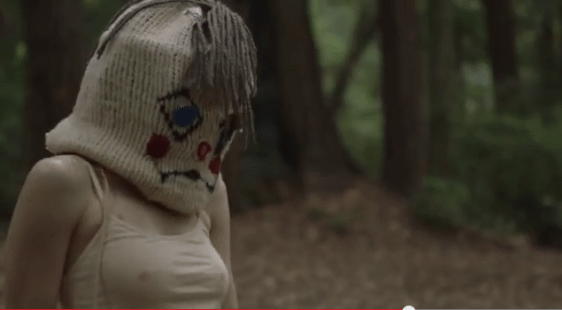
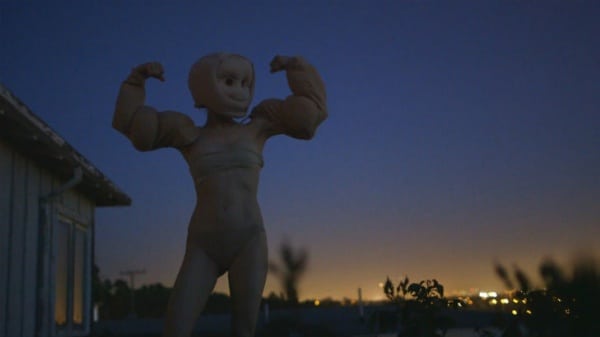
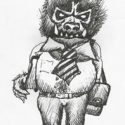

Be the first to comment